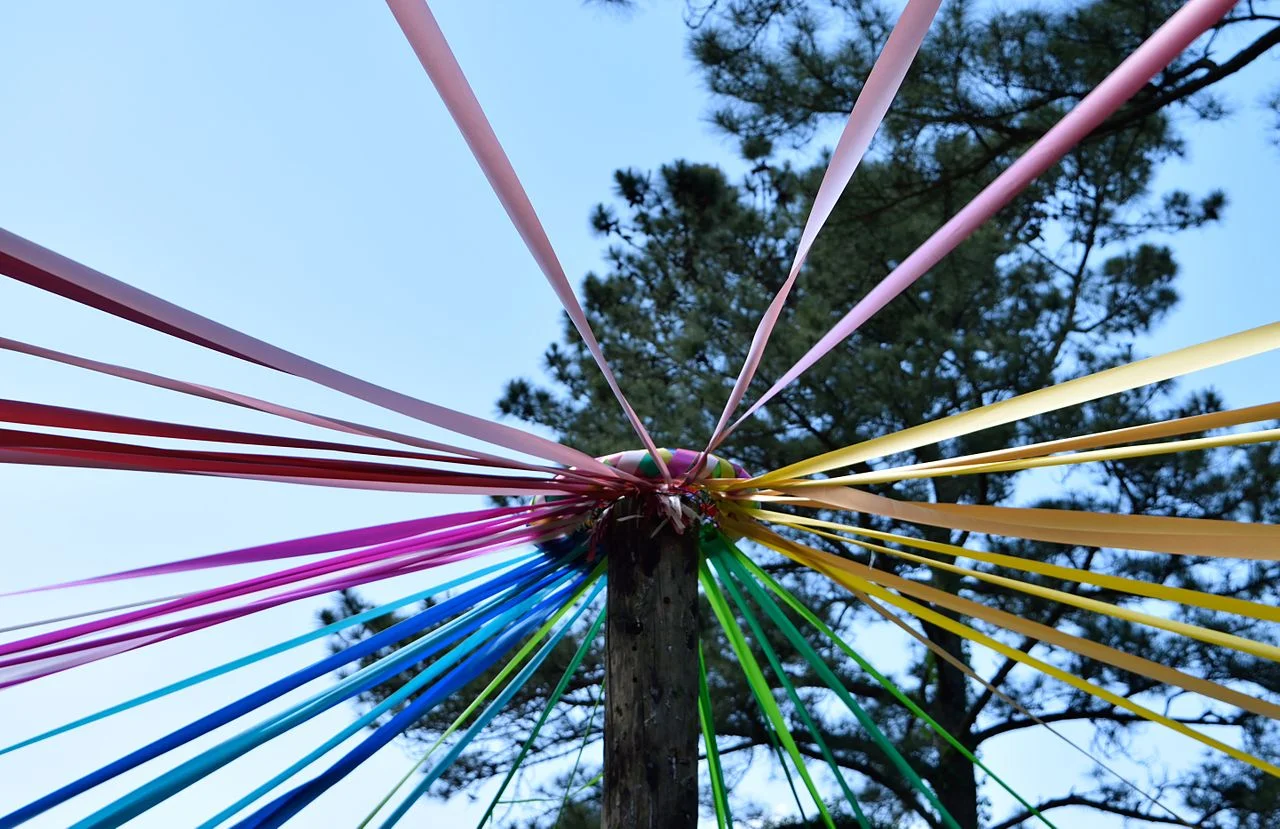Growing Beyond the Families of Abraham - Part 2
Welcoming Marginalized Traditions
by Hans Gustafson
Marginalized traditions, including contemporary Paganisms and Earth-based traditions, are beginning to be welcomed to the table of interreligious engagement in pockets around the U.S. However, the rest of us can still be more welcoming. Part I of this three-part series focused on the need to welcome marginalized religions in general to the table of interreligious engagement, making a special call to welcome those from indigenous and polytheist traditions. Part II moves from the general to the particular by focusing on one tradition: Heathenry in the United States, though lacking a unified theology, is typically polytheistic, centering on a pantheon of deities from pre-Christian Germanic Europe.
Jennifer Snook, lecturer in sociology of religion at Grinnell College, specializes in American Heathenry as a new religious movement in the U.S. context. Karl E. H. Seigfried serves as Pagan Chaplain at Illinois Institute of Technology, where he is an adjunct professor of humanities. Snook and Seigfried provide a sense of the Heathen experience in the context of interreligious encounter, especially on American college campuses. They both identify as Heathens and cite positive and negative experiences with interreligious encounter and dialogue.
Photo: pxhere
Kinship can form between and among those from other marginalized traditions. Seigfried, as the former president of Interfaith Dialogue at the University of Chicago, says “At the University of Chicago, the individuals who have been most interested in engaging with truly diverse interfaith dialogue have been undergraduate and graduate students from embattled or marginalized minority faith backgrounds such as Hinduism, Judaism, Mormonism, and Unitarianism.”
Snooks’ home institution has been remarkably welcoming. She reports that she “was immediately welcomed by the Chaplain [and] invited to participate in organizing a Pagan discussion group for students.” Grinnell College approved her new course Witches, Druids and Heathens: Exploring Paganisms in the United States, which “was the highest enrolled course for the semester and has received a lot of positive attention on campus.” Further, the college continues to support her tradition by funding the travel of “Heathen speakers to campus for talks and rituals, and a field trip for students to attend a Heathen event.”
Prior to living in Iowa and teaching at Grinnell College, Snook lived for a decade in Mississippi, a region she recognizes as deeply embedded in a Christian tradition that demands religious participation. There, she was often met with confusion, misunderstanding, ignorance, and stereotyping.
Every time that I outed myself to students or others, the responses were always morbid curiosity, surprise, fear, and awe. Fear that I was not “saved,” or that I was Satanic. One student asked me if Heathens perform human sacrifice, and others asked if any or all Heathens worship Satan. Others congratulated me for coming “out” and being “brave”— presumably because in this context, they understood the risk of ridicule and judgement, and had never met another Pagan.
At the University of Chicago, Seigfried faced challenges as well. He remarks, “The group that has been consistently opposed to including minorities in the campus dialogue – both in-class and in the larger public space at the university – have been Christians in positions of authority as senior professors and administrators.” He cites instances of intimidation and silencing, such as instances of Christian faculty and administrators publicly shutting down counter-narratives from minority-faith students, and the tearing down of posters for an officially approved lecture by a member of a minority religion. Seigfried finds this intolerable, especially on the campus of one of the most esteemed universities recognized for its inquiry into religious history, interpretation, and diversity.
Despite promising movements on the horizon, there remains work to do for those who dominate the tent of interfaith engagement. Seigfried calls on those with power and privilege at the table of interreligious dialogue and “those of good conscience from majority religious traditions … to stand up and actively promote their colleagues who belong to smaller faiths.” In the interest of constructive interreligious learning, and in light of those who have “suggested a direct relationship between radical monotheism and intolerant, oppressive attitudes toward other religious faiths,” I support my colleague Dr. David Penchansky’s intuition that “perhaps a more open and complex view of divinity would promote a better understanding between religious faiths, particularly now, when we seem to be in each other’s faces so often.”
Header Photo: Wikimedia



